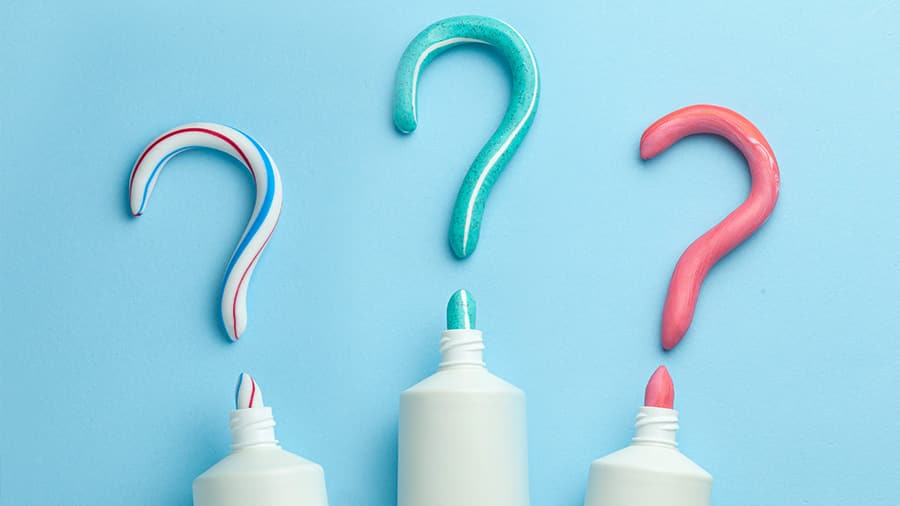Social media and the Internet in general can be full of useful information. However, it can be just as easy to come upon stuff that's completely made up. One hoax that has been making the rounds has to do with toothpaste and the colourful markings you see on the bottoms of the tubes. These posts warn people to pay attention to a toothpaste colour code, claiming that the marks on the bottom of the tubes revealed what was in the toothpastes. As it turns out, those marks mean something else entirely.
The Claim
According to several websites and social media posts, the claim is that the little squares you see on the bottom of a tube of a toothpaste are some sort of toothpaste colour code, revealing the nature of the materials within. The post claims that a green mark means the toothpaste is all natural, a blue mark means it contains a mix of natural ingredients and medicine, a red mark means it contains natural ingredients and chemical ingredients, and a black mark means it contains all chemical ingredients. The posts warn people away from using toothpastes with black or red marks and encourage people to pick toothpastes with green or blue ones.
The Reality
The colour code story gets a few things wrong. One is that it makes a distinction between "natural" and "chemical" ingredients. As Scientific American helpfully points out, everything in the world is technically a chemical. Even all natural ingredients are chemical ingredients. Another issue is that it doesn't really explain what "medicine" is. Is it referring to fluoride, the mineral that's often added to toothpaste to help protect against cavities? There's no way to know.
The bigger issue with the colour code hoax is that it's not accurate information. Companies don't mark their toothpaste tubes with little coloured squares in an attempt to pull the wool over consumers' eyes. In fact, as Snopes points out, the reason for the marks has to do with how toothpaste tubes are made. The marks help light sensors detect the end of the tube, so that the machines used to prepare the tubes knows where to cut or seal them.
How Can You Tell What's in Your Toothpaste?
If a blue or green box on the end of a toothpaste tube isn't going to reveal its contents, how can you know what you're about to brush your teeth with? Fortunately, there are easy ways to find out the ingredients in toothpaste. The information is usually printed on the packaging, either on the tube itself or on the box it came in.
As the Indian Dental Association notes, most toothpastes contain the same basic ingredients, such as abrasives to help clean the teeth, humectants to keep the gel or paste soft, flavouring agents and detergents to help the toothpaste foam. The IDA points out the importance of looking for a toothpaste that contains fluoride, as that ingredient helps to prevent tooth decay and cavities by strengthening the enamel.
If you have any concerns or questions about the toothpaste you're using or about the type of toothpaste that will best meet your needs, you can always talk to your dentist. He or she can recommend toothpastes and help you better understand what the ingredients in them do to help to keep your mouth healthy.






